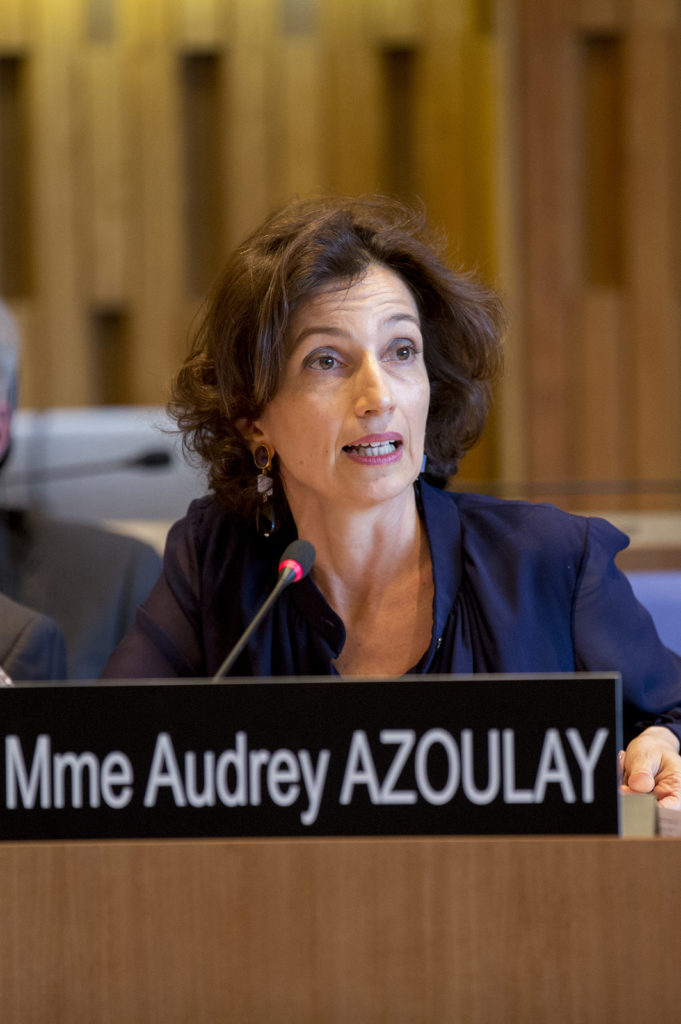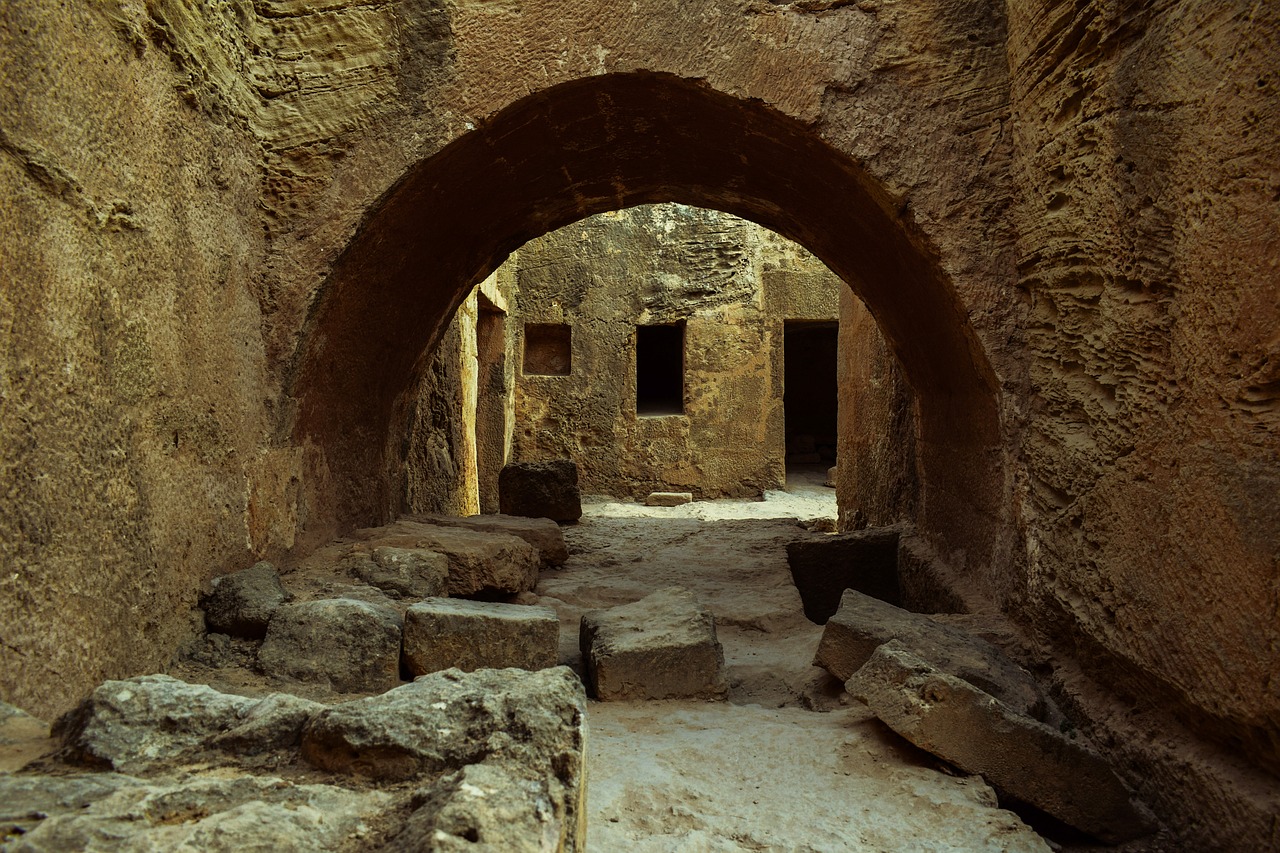 For more than
70 years, the United Nations Educational, Scientific, and Cultural
Organization (UNESCO) has sought to build global peace and intercultural
dialogue by advancing the humanist missions of education, science, and
culture. And while you’ve probably heard of UNESCO in connection with the
list of World Heritage Sites, there is a great deal more to this specialized
UN agency that you may not be aware of. Read on for six fascinating facts
about this remarkable global organization.
For more than
70 years, the United Nations Educational, Scientific, and Cultural
Organization (UNESCO) has sought to build global peace and intercultural
dialogue by advancing the humanist missions of education, science, and
culture. And while you’ve probably heard of UNESCO in connection with the
list of World Heritage Sites, there is a great deal more to this specialized
UN agency that you may not be aware of. Read on for six fascinating facts
about this remarkable global organization.
UNESCO was founded just after World War II.
Like the United Nations itself, UNESCO was established in the immediate aftermath of the Second World War: a time when nations around the world were still reeling from the effects of the conflict and searching for ways to prevent such devastation from ever happening again. With a vision to build humanity’s intellectual and moral solidarity as a foundation for dialogue, mutual understanding, and peace, UNESCO was founded following a United Nations conference in November 1945. Its constitution was officially signed on November 16, 1945, and the organization came into force the following year.
UNESCO programs are focused on five main areas.
UNESCO’s programming falls into five major categories: education, natural sciences, social and human sciences, culture, and communications and information. Under these thematic umbrellas, the organization implements and oversees an incredibly diverse array of activities and initiatives, from the worldwide coordination of tsunami early warning systems to the establishment of HIV and AIDS education programs, to the creation of initiatives for increasing multilingual content on the Internet.
There are probably more UNESCO World Heritage Sites than you think.
While the list of World Heritage Sites—designated natural and cultural properties that are of outstanding universal value—is certainly UNESCO’s best-known initiative, you might not realize just how comprehensive that initiative is. At present, there are a remarkable 1,073 properties included on the World Heritage list. Of these, 832 are cultural sites, like the historic Uzbek city of Samarkand; 206 are natural sites, like the Western Tien-Shan mountain range, which covers a significant portion of Uzbekistan; and 35 are mixed natural and cultural properties. All told, properties that have been designated as UNESCO World Heritage Sites represent 10 million square kilometers: an area approximately the size of China.
UNESCO is headed by a Director-General.

Every four years, the UNESCO General Conference—the organization’s primary decision-making body—elects a new Director-General responsible for helming the organization and executing the programs approved by the General Conference. In November 2017, Audrey Azoulay took office as the newly elected Director-General; Azoulay succeeded Irina Bokova, a Bulgarian politician who helmed UNESCO for two terms and was the first woman to serve in this position.
Hailing from France, Azoulay is a graduate of the École Nationale d’Administration and the Institut d’Études Politiques in Paris. She has spent her entire career working in the cultural sector, most notably focusing on public broadcasting and on the modernization of France’s film support system. She has also served as an advisor to the European Commission on culture and communication issues.
UNESCO Ambassadors play an important role.
In its work to raise its profile and build awareness of its mission and programs, UNESCO is supported by many ambassadors, including Goodwill Ambassadors, Honorary Ambassadors, and Ambassadors for Sport. These ambassadors are often celebrities or other well-known figures who typically travel to regions where particular UNESCO programs are being launched in order to promote them. Some of UNESCO’s best known current and former ambassadors include former South African president Nelson Mandela, American actress Angelina Jolie, Panamanian musician Miguel Bose, Swiss tennis player Roger Federer, and French fashion designer Pierre Cardin.
UNESCO’s headquarters are world-famous.
Nicknamed the “three-pointed star,” the Y-shaped building housing the UNESCO headquarters was inaugurated on November 3, 1958. Located on the Place de Fontenoy in central Paris, the original building stands on 72 columns of concrete piling; its design was conceived by three architects from three different countries and overseen by an international committee.
An additional three buildings make up the rest of the headquarters site: one, known as the “Accordion,” features the egg-shaped, copper-ceilinged hall where the plenary sessions of the General Conference are held. Another building is shaped like a cube, and the last takes the form of two office floors that have been hollowed out below street level, surrounding six small sunken courtyards.
It is these unique architectural qualities, as well as the profile of the organization they house, that have made the UNESCO buildings world-famous, particularly among architecture enthusiasts. In addition, the premises are adorned by works of art from a huge number of artists both famous—Picasso, Miro, and Le Corbusier, for example—and unknown. In many cases, member states donated the works to UNESCO.

Sorry, comments are closed for this post.